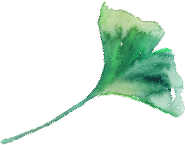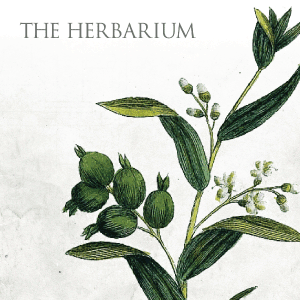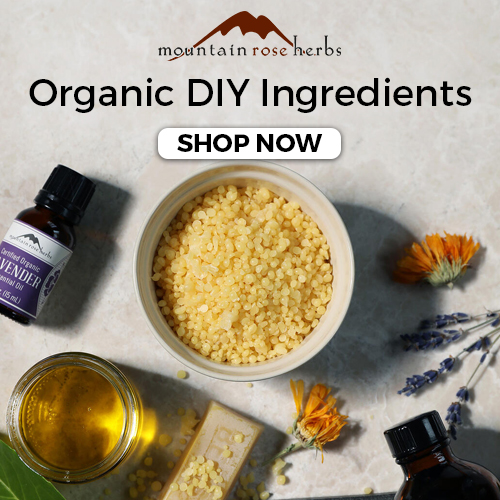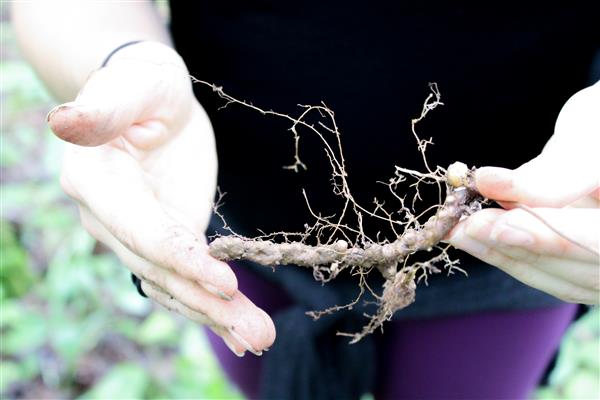
All herbalists need to be outside. That’s usually where our souls are the happiest. I would venture to guess (from my experience, anyway) when most people meet an herbalist they assume they’re outside all day, identifying herbs, grinding medicines with their great great grandmothers mortar & pestle, making magical elixirs and syrups under the canopy of beach trees, and probably working like mad on their side hustle “real life job” the rest of the time that actually pays them money. Stereotypes – you know. There’s a spectrum of modern day herbalist for sure, and I’d say that I fall on the side of “clinical herbalist” where I am (contently) working in an office all day practicing herbal medicine (full time – shocker). I don’t mind bringing herbal medicine into a clinical setting, sitting with folks in their own comfort zone while we talk about their health story, but I have to say – I need to get back to the medicine’s origins at least several times a year.
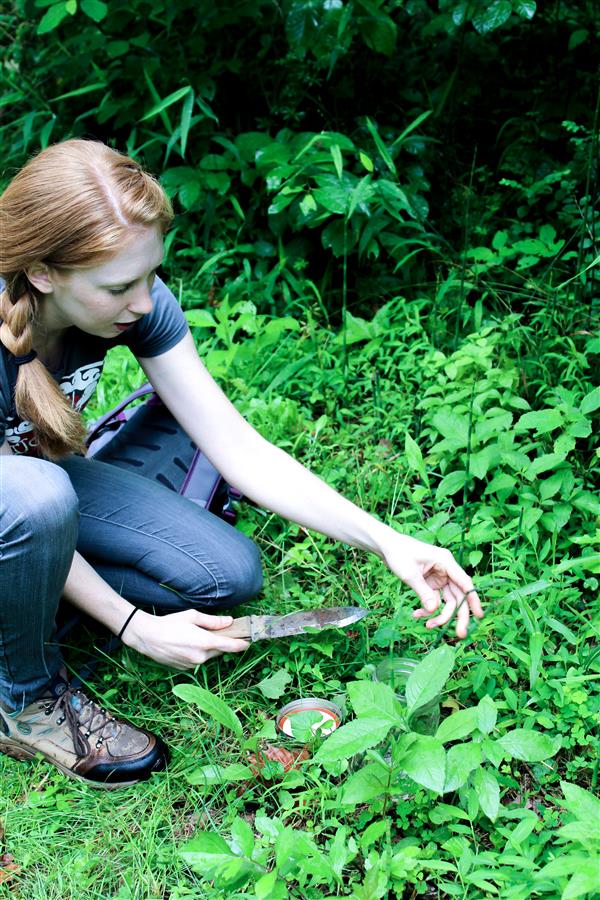
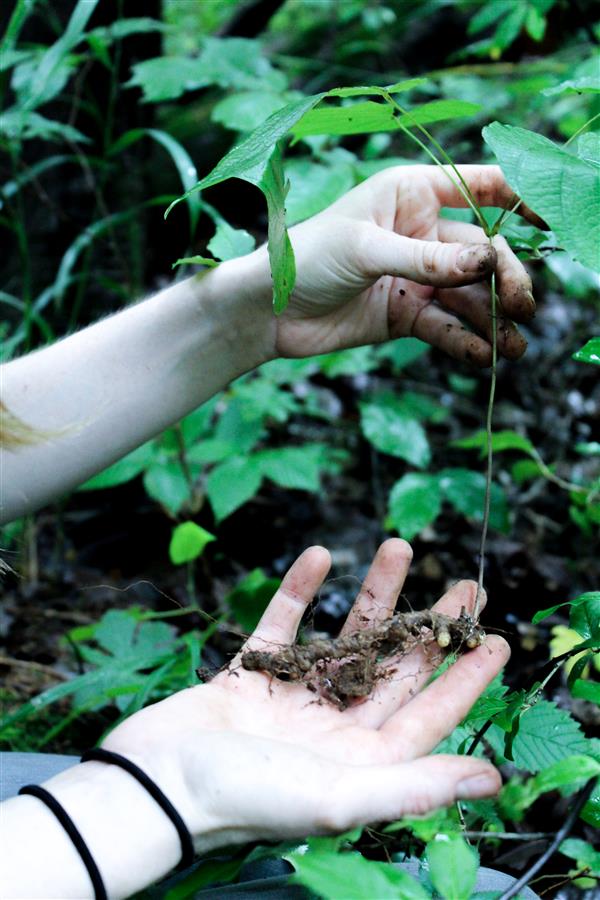
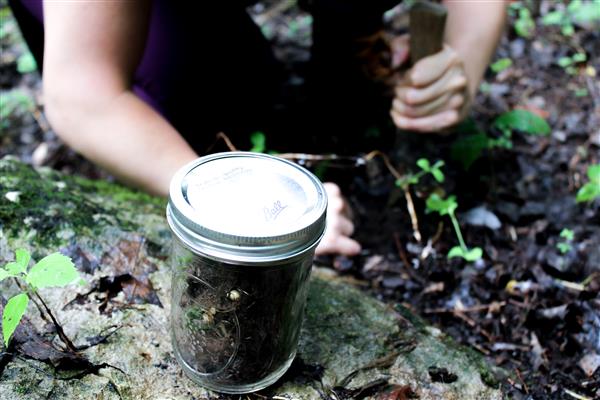
When we use only one limb over and over and over again, the second limb gets weak and feeble, and that’s much the same with herbalists I think. If we stay in an office all the time, our sensory connection with the herbs growing in the wild falls to the wayside – and this is really essential to keep alive as an herbalist. We always need to maintain that connection with our medicines, see how they grow, who they grow with, their smell, their taste, their visual appearance, how to process them into medicines, and how to give thanks for their gifts. Dispensaries don’t just make themselves. Medicine making takes cultivated knowledge and intentional, thoughtful time in the herbs’ own comfort zone.
Our resident ND, Dr. Casey, wanted to get more hands on herbal experience during her year long residency with us at Richmond Natural Medicine, so I planned a day for us to escape to Lexington, VA on my family’s property, just on the outskirts of southern Appalachia. We use the herbal dispensary at our office all day – the herbs have already been harvested and processed into tea or powders or tinctures by the time we receive them. We have the skill to dispense them and combine them into individualized, synergistic formulas, but there’s an entire extra set of skills required to get them to that dispensable form. So we journeyed into the woods after a solid 48 hours of rain the 2 days preceding our arrival. The Maury River was as full as I’ve ever seen it, rushing past us with sweeping force, and the creeks were bursting to the brim with rain water. Everything looked extra green and the earth had that delicious “after rain” smell. I think we were both extra excited to spend a day out of the office getting muddy and dirty and covered in plant particles. She was immediately hazed with a copperhead siting (a phobia for us both), and after the initial fear wore off, we took off into the woods, dichotomous key in hand to pass on the knowledge of plant ID and wildcrafting.
The mountains of Appalachia are truly brimming with some of the most historical, proliferative and powerful natural medicines. This region of our country is perfectly conducive to the growing conditions required by hundreds of botanical medicines used for generations and generations, starting with the native american stewards of the land. Medicines like black cohosh, wild yam, slippery elm, mullein, jewel weed, burdock, black cherry, sassafras, yarrow, red clover, blue cohosh, wild indigo, witch hazel, foxglove, hawthorn, stinging nettles, false unicorn root, stoneroot, boneset, comfrey, bloodroot, and of course the highly sought after ginseng and goldenseal (both now highly endangered) grow in this magical region, to name just a few. Our ancestors were wandering the hollers and hillsides for these sometimes lifesaving herbal treasures, and they still grow abundantly in the right places along the mountains of Appalachia. Harvesting and preparing medicines was such an integral part of our past communities that everyone had some cursory knowledge of basic medicines growing in their environment, and the community medicine man or woman would pass this knowledge down to their chosen successor in verbal exchanges which has thus become our “folk medicine” historical foundation. We have evolved with these plants, and they with us, growing together through our intertwined history. The more “advanced” our medicine has become, the more disconnected we sometimes get from our roots. But they’re still there in the mountains – growing peacefully in the understory, in the hollers, by the rivers and tucked underneath the protective bark of trees. And sometimes right under our nose in our own back yards and roadsides…
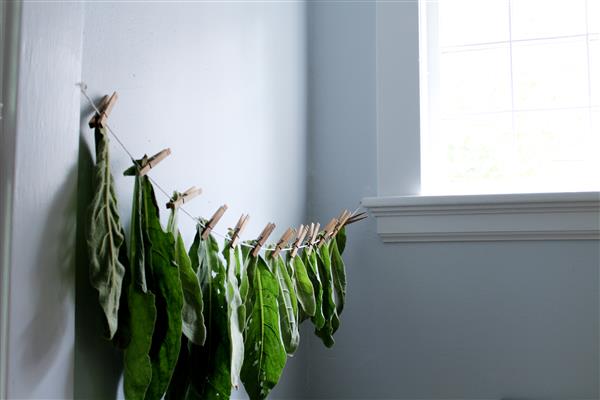
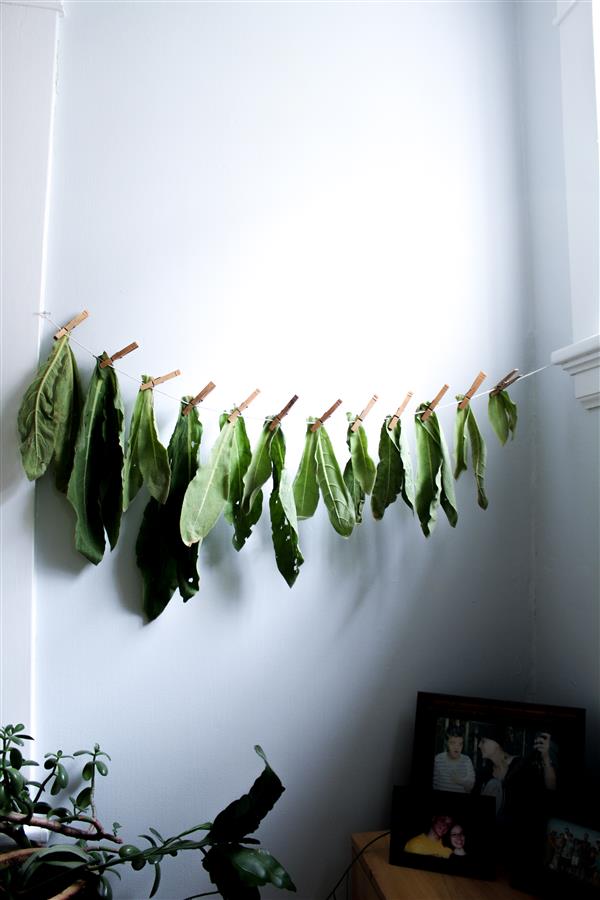
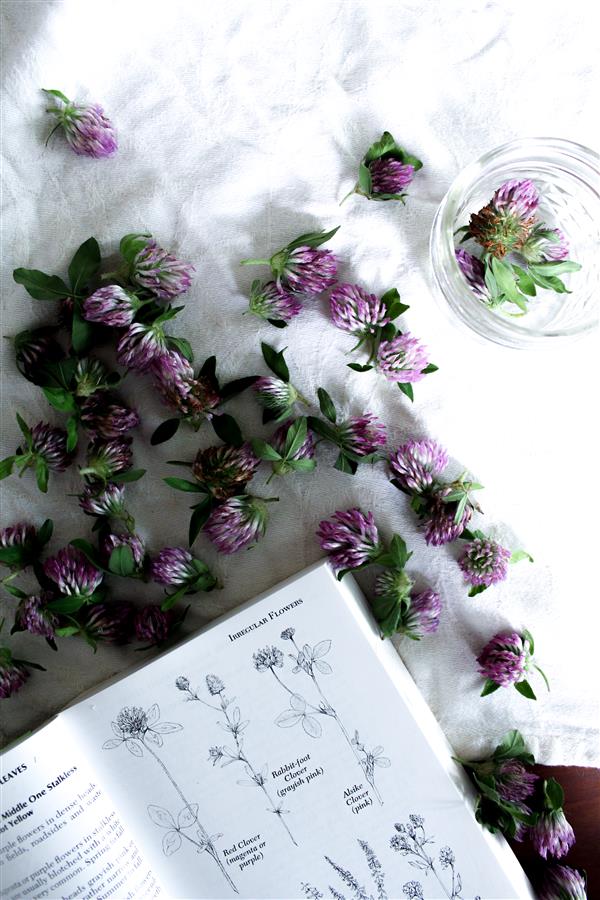
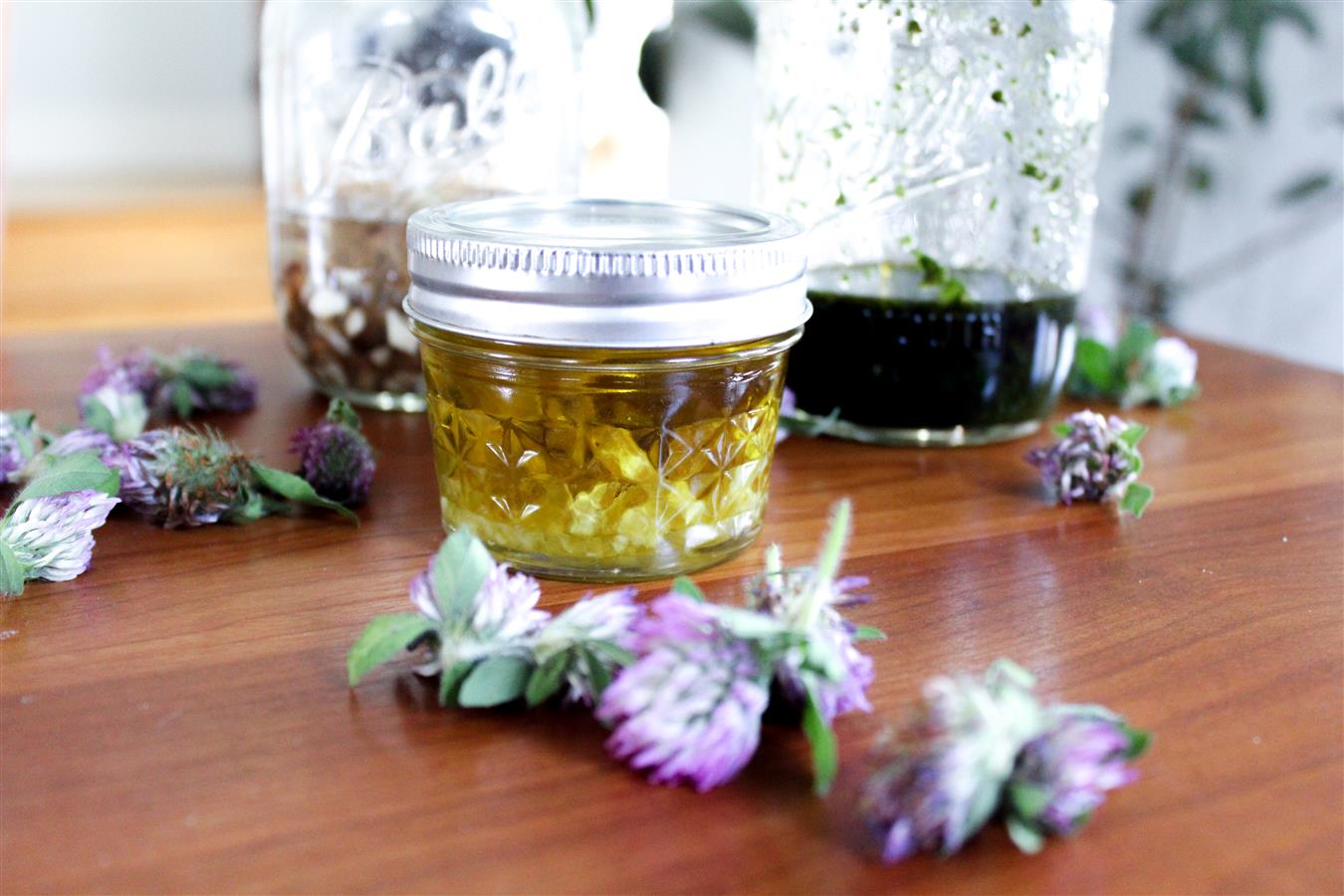
When you harvest your own herbs, be sure to give thanks for their gifts while you’re taking them from it’s home to yours. Make sure you harvest responsibly, taking only small offerings in several different places and re-plant when you can. Take lots of time to get to know the intricate details of the plant, the growing conditions, the surrounding plant neighbors around it, the smell of the roots, leaves and flowers. Actually enjoy when you don’t know the name of a plant – relish the moments when you get to know something before you desperately try to identify it. They’re just as individual as we are when we take the time to really notice.
Learn More – Learn herbal and plant ID yourself with this super in depth online course on Botany and Wildcrafting through the Herbal Academy!
